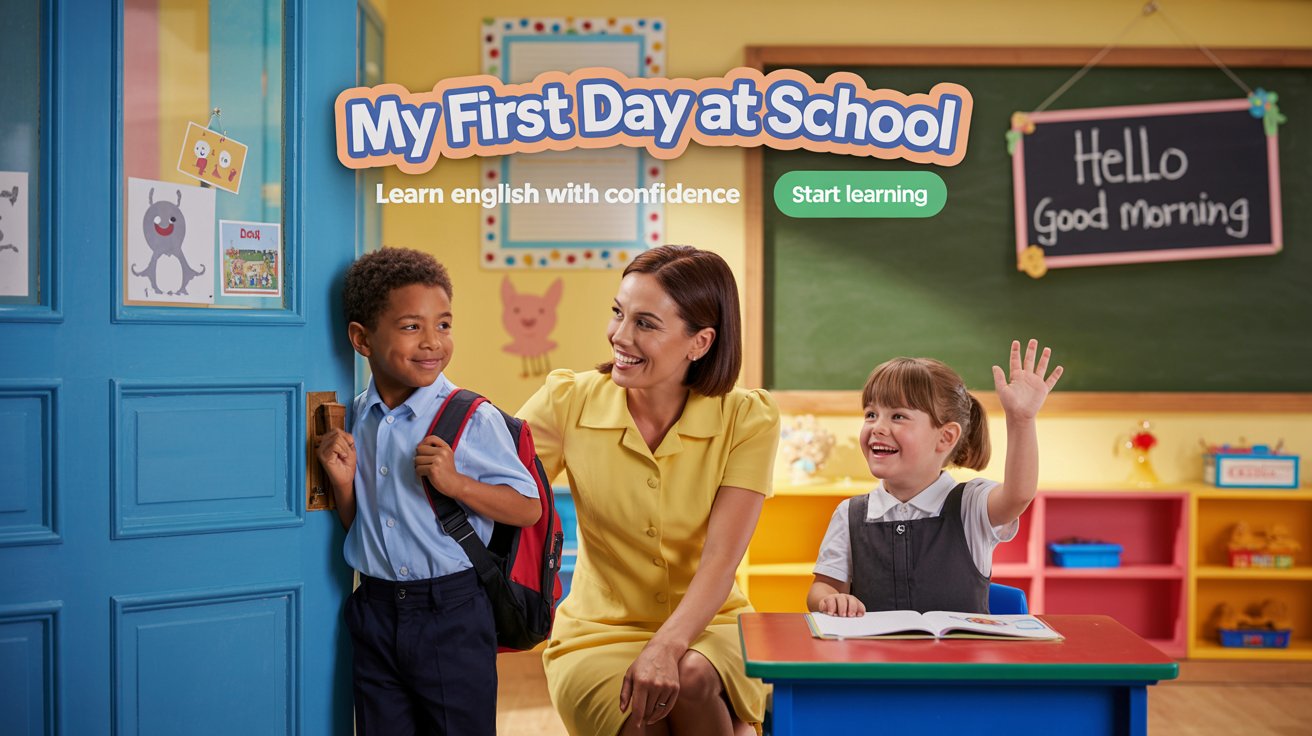Introduction
Introducing yourself is one of the most fundamental skills in any language, and English is no exception. Whether you’re meeting someone for the first time, attending a job interview, or joining a social gathering, knowing how to introduce yourself confidently can make a lasting impression. In this guide, we’ll explore everything you need to know about introducing yourself in English, including essential phrases, cultural tips, and examples tailored to different situations. By the end of this post, you’ll feel confident and prepared to introduce yourself in any setting.

Why Is Introducing Yourself Important?
Before diving into the “how,” let’s understand the “why.” Introductions are more than just exchanging names—they set the tone for future interactions. A good introduction:
– Builds rapport and trust.
– Helps others remember you.
– Establishes your personality and confidence.
– Opens doors for meaningful conversations.
For English learners, mastering introductions is especially important because it’s often the first step toward improving communication skills.
Basic Structure of an Introduction
A well-rounded introduction typically includes three key components:
- Greeting: Start with a polite and friendly greeting.
- Personal Information: Share your name and relevant details (e.g., where you’re from, what you do).
- Engagement: Ask a question or make a comment to keep the conversation going.
Let’s break each component down further.

Step 1: Greeting
The greeting sets the tone for your introduction. Depending on the context, you can choose between formal and informal greetings.
Formal Greetings
Use these when meeting someone in professional or formal settings:
– “Good morning/afternoon/evening.”
– “Hello, it’s nice to meet you.”
– “Pleased to meet you.”
Informal Greetings
These work well in casual or social situations:
– “Hi, how’s it going?”
– “Hey, what’s up?”
– “Hello, I’m [your name].”
Pro Tip: Smile while greeting—it instantly makes you appear friendlier!

Step 2: Sharing Personal Information
After the greeting, share some basic information about yourself. This could include your name, background, occupation, or interests. Here’s how to structure it:
Example 1: Casual Setting
“Hi, my name is Alex. I’m from Canada, but I’ve been living here for two years. I love hiking and trying new foods.”
Example 2: Professional Setting
“Good morning, my name is Sarah Johnson. I’m a marketing specialist with five years of experience in digital advertising. I recently moved to New York for work.”
What to Include
– Your name (always start with this).
– Where you’re from or where you live now.
– Your job or field of study (if appropriate).
- – Hobbies or interests (optional, depending on the situation

Step 3: Engagement
Ending your introduction with a question or comment encourages the other person to respond, keeping the conversation flowing.
Examples of Engagement Questions
– “What about you? Where are you from?”
– “Do you enjoy [shared interest] too?”
– “How long have you been working in [industry]?”
This simple step transforms a one-sided introduction into a two-way conversation.
Situational Introductions
Different scenarios call for slightly different approaches. Let’s look at examples tailored to specific contexts.
1. At a Social Event
When meeting new people at parties or gatherings, keep your introduction light and conversational.
Example:
“Hi, I’m Rachel. I’m a graphic designer based in London. It’s great to meet everyone here tonight. Have you tried the snacks yet? They look amazing!”
2. During a Job Interview
In interviews, your introduction should be professional and concise. Focus on your qualifications and enthusiasm for the role.
Example:
“Good afternoon, thank you for having me. My name is John Smith, and I’m a software engineer with over six years of experience developing mobile applications. I’m excited about the opportunity to contribute to your team.”
3. In Class or Study Groups
If you’re studying English or participating in group activities, your introduction can focus on your learning goals.
Example:
“Hi, my name is Maria. I’m originally from Spain, and I’m here to improve my English speaking skills. I hope we can practice together and learn from each other.”
4. Online Meetings
Virtual introductions require clarity since non-verbal cues may not always translate well through screens.
Example:
“Hello everyone, my name is David. I’m calling in from Sydney, Australia. I specialize in data analysis, and I’m looking forward to collaborating with all of you on this project.”

Cultural Tips for English-Speaking Countries
Understanding cultural nuances can enhance your introductions. Here are a few tips:
– Eye Contact: Maintain steady eye contact to show confidence.
– Handshake: Offer a firm handshake in professional settings.
– Politeness: Use words like “please,” “thank you,” and “nice to meet you.”
– Small Talk: Be prepared to chat briefly about neutral topics like weather, hobbies, or travel.
Common Mistakes to Avoid
Even fluent speakers sometimes stumble during introductions. Watch out for these pitfalls:
- Speaking too fast or mumbling your name.
- Overloading with unnecessary details.
- Forgetting to ask questions or engage the other person.
- Using slang or overly casual language in formal settings.
Practice Exercises
To master self-introductions, practice regularly! Try these exercises:
- Record yourself introducing yourself and listen for areas to improve.
- Role-play introductions with friends or classmates.
- Write down variations of your introduction for different scenarios.
Conclusion
Introducing yourself in English doesn’t have to be intimidating. With a clear structure, thoughtful preparation, and plenty of practice, you can confidently navigate any situation. Remember to adapt your introduction based on the context, engage the listener, and embrace cultural differences. The more you practice, the easier it will become.
Now that you know how to introduce yourself effectively, why not try it out today? Strike up a conversation with someone new—you might be surprised at how rewarding it feels!




